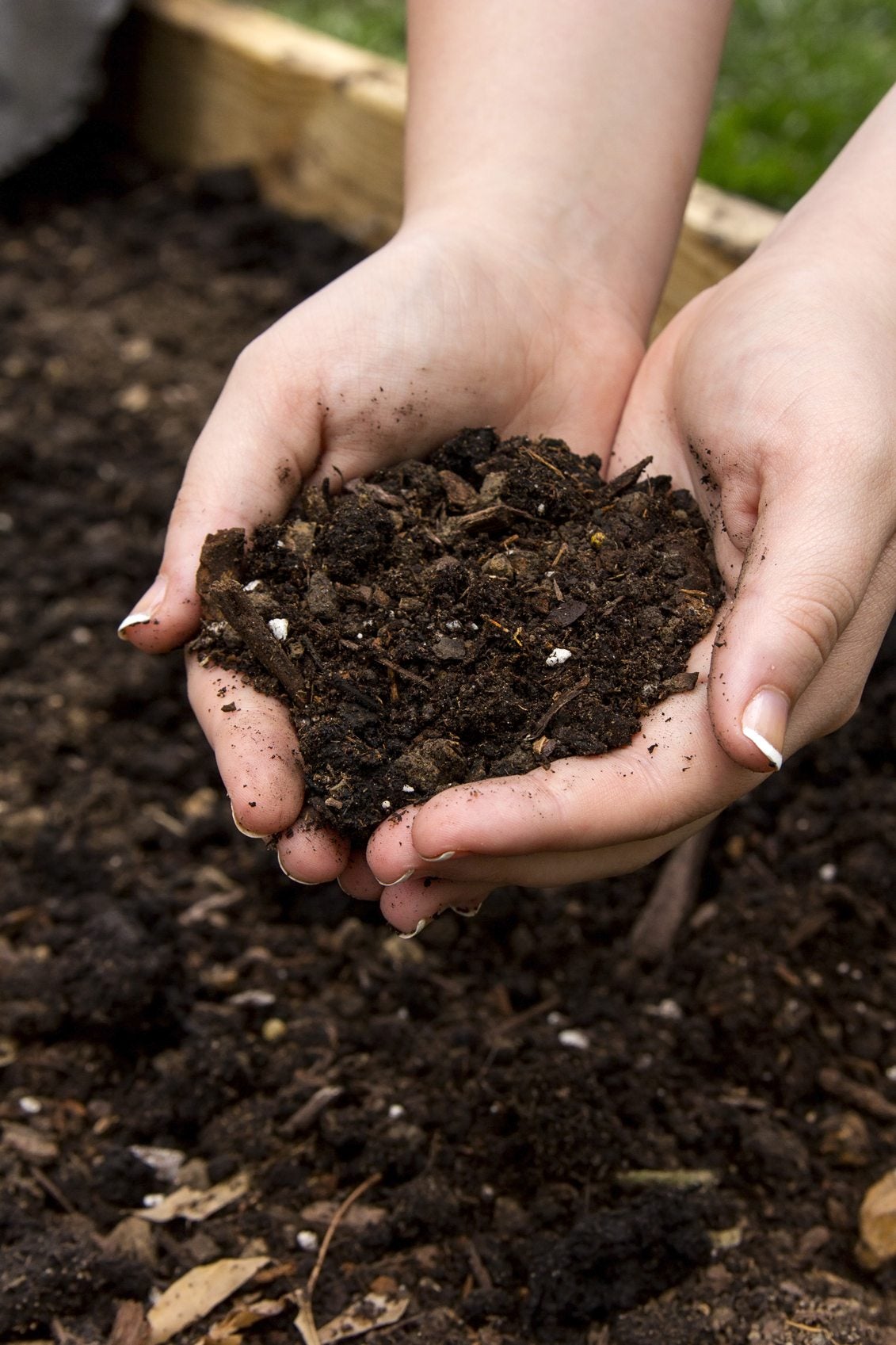What Is The Best Soil For Raised Garden Beds
Get great results with your veggies and herbs by choosing the best soil for raised garden beds.


Raised beds offer gardeners many advantages. They provide good drainage, increase your crop yield, and make it easier to use difficult sites – like roof tops or hillsides – for gardening. It takes planning and hard work to put together a good raised-bed system.
You’ll want to optimize your rewards by using the best and most appropriate raised bed soil mix. Read on for information about the best soil type for raised beds.
Raised Garden Bed Soil
What is the best soil for raised garden beds? As you might guess, the best soil type for raised beds depends entirely on what you intend to grow and won’t be the same in all situations. Some plants thrive on acidic soil, like blueberry bushes. Others prefer a soil with higher pH. This plant preference remains just as true in a raised bed situation as in a ground garden.
In addition, your regional weather may impose different requirements on the soil choice for raised beds than those who live elsewhere. For example, in a hot, dry climate, you’ll want raised garden bed soil that retains moisture, but in an area with plentiful rainfall, drainage may be more important.
A major advantage of raised beds is that you are not stuck with using the soil in the ground. You can start from scratch and build a soil type for raised beds that works in your region for the plants you intend to grow.
Amending Basic Raised Garden Bed Soil
One way to build this mix is to start with a raised bed soil mix that is half topsoil and half organic compost. Alternatively, you might make a base soil by blending equal parts coarse horticultural vermiculite, peat moss, and good quality organic compost.
Since you are mixing up your own raised garden bed soil, you have all the freedom of a cook in the kitchen. Add any amendment to the basic soil mix that suits your purposes. One recommended addition to consider is an organic, slow-release, balanced fertilizer.
Sign up for the Gardening Know How newsletter today and receive a free copy of our e-book "How to Grow Delicious Tomatoes".
Don’t stop there. If you plan to grow plants that prefer acidic soil, you can add sulfur. For plants that prefer alkaline soil, add dolomite or wood ashes. To improve drainage, mix in gypsum, shredded bark, or woodchips.
Essentially, create the ideal soil for the plants you intend to grow. This will also be the best raised soil mix you can possibly use.

Teo Spengler is a master gardener and a docent at the San Francisco Botanical Garden, where she hosts public tours. She has studied horticulture and written about nature, trees, plants, and gardening for more than two decades, following a career as an attorney and legal writer. Her extended family includes some 30 houseplants and hundreds of outdoor plants, including 250 trees, which are her main passion. Spengler currently splits her life between San Francisco and the French Basque Country, though she was raised in Alaska, giving her experience of gardening in a range of climates.